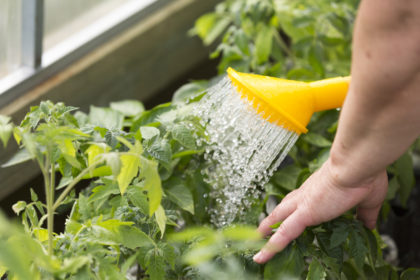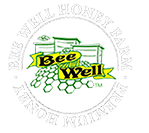
Estimated reading time: 3 minutes
Planting your own vegetable garden is a great way to save money on vegetables and even improve the value of your property. It does take some time and effort to get started, but once you know what you are doing tending a vegetable garden can be very fun and rewarding. Here are some tips that should help you get started.
Starting Small
If you’ve never planted a vegetable garden before and you aren’t totally familiar with growing anything on your property, it’s always best to start out small. Decide what kinds of vegetables you want to grow, and only plant as much as you think you’ll need. Keep in mind that a lot of vegetables such as tomatoes, squash and peppers will keep growing throughout the season, so you can actually get a lot of food with relatively little work. Just don’t overdo it.
Know How Much Space You’ll Need
The next step in growing a vegetable garden is determining how much space you will need. You could choose to grow your garden in a dedicated area in your yard and make it a semi-permanent addition to your property, or you can choose to grow your plants in pots if you don’t want to dig up a part of your yard. In any case, you’ll be surprised to find that you don’t need a lot of space to plant a good vegetable garden, and in fact a smaller space around ten square feet in size should be enough for most properties.
Picking the Best Spot
Choosing a good spot for your garden is very important, perhaps more important than knowing how much space is needed. In order for any garden to thrive, it needs a space that gets plenty of sunlight and has plenty of soft soil rich in organic matter such as compost or peat moss. You also need to make sure your vegetable garden gets plenty of water since many of the vegetables you find in most gardens aren’t very drought-resistant.
Caring for Your Garden
Caring for a vegetable garden usually involves keeping the soil moist since, as we said before, many of the vegetables don’t do well in drought conditions. This means watering when the top inch of soil is dry and watering at least once a week for in-ground crops. Since weeds compete with your vegetables for water and nutrients, they should be removed as you see them. A hoe will help remove seedlings before they start to grow.
Harvesting Your Vegetables
You will be able to harvest many of your vegetables at several stages; you don’t always need to wait until they’re ripe. Lettuce can be harvested when it is still young, especially since you can just snip some leaves and let the rest of the plant continue to grow. Squash and tomatoes can be harvested when the fruit looks big enough to eat. Use your own judgment, and know that there will always be more vegetables as long as you take care of your garden.


